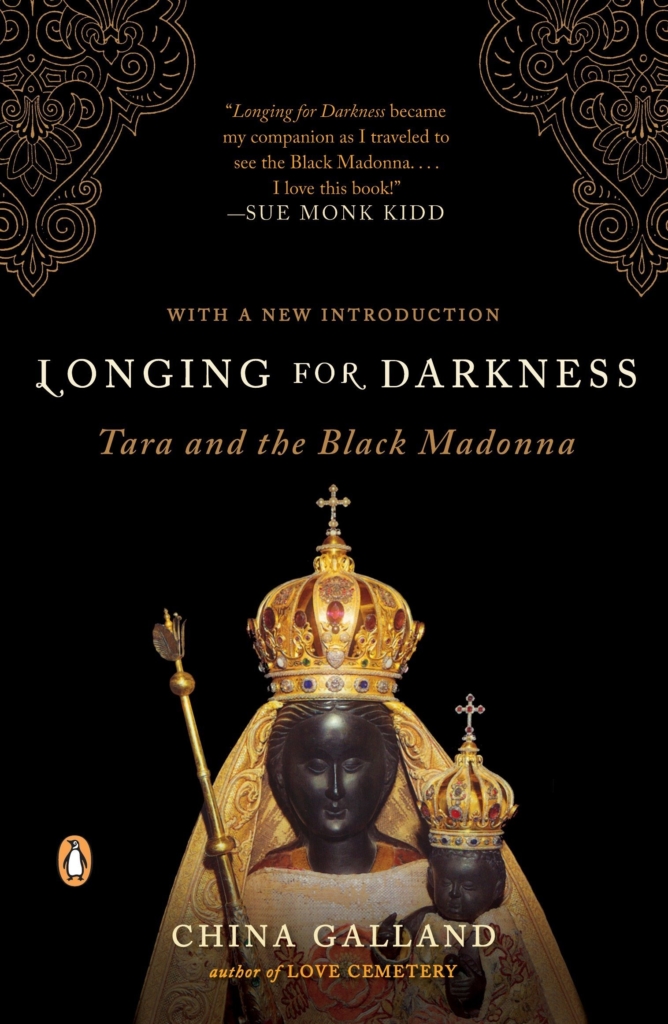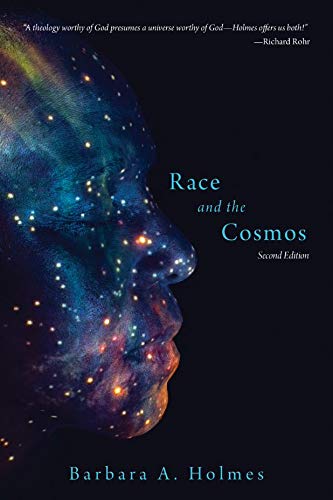Healing Images of God: Exploring how we see ourselves, one another, and God
While exploring Matthew Fox’s book Julian of Norwich: Wisdom in a Time of Pandemic–and Beyond, we recognized how our conversations continually returned to the way our image of God affects and shapes our image of ourselves and one another. Of course, our images of God and ourselves and others are intrinsically linked. Our theology (understanding of the Divine) and our theological anthropology (our understanding of ourselves rooted in our awareness of the Divine), as it were, shape the way we understand the world around us.
We wondered what it would be like to shape a monthly class from January through April that intentionally focused on images that were nurturing to each one of us. In my own practice, the Divine Feminine is very meaningful, and much of my prayer feels connected to the image and wisdom of the Blessed Mother–particularly with the Black Madonna, a meaningful image found in cultures around the world that fosters an awareness of wholeness within creation.
While the image that most resonates with me is a feminine or even maternal one, for others, the image of God as Father is a healing image, with associations of grandfathers and fathers. Others may have images that are not personal at all, but rather focus on broader theological images such as light or warmth or peace. For Julian of Norwich herself, her entire reflection and writing was anchored in a visionary encounter with the Crucified Christ.
In terms of the Biblical texts, we actually encounter a broad variety of divine images that each seek to describe what is ultimately unfathomable (transcendent) and also closer to us than our very breath (immanent). We see Jesus himself describing his desire to gather the people under his wings like a mother hen (Luke 13) while also repeatedly referring to God as Abba, an endearing term for father. We see the prophet Isaiah imagining God caring for the people “as a mother comforts her child,” (Isaiah 66:13). We see Moses encountering the power of God in the burning bush (Exodus 3). Moses also encountered the divine power on Mt. Sinai as a cloud that enshrouded him–a powerful image that was enhanced later in the incredible moment in the Transfiguration. We also remember the image of St. Paul preaching to the Athenians and describing the reality of God: “In him we live and move and have our being,” (Acts 17:28).
So, we see how these powerful, nurturing, and encouraging images of God are personal and impersonal, masculine and feminine, and often complex. They challenge many of the dualities we try to impose on the world around us. Above all, the myriad images of God within our broader Christian tradition all speak to our hope of healing and reconciliation, and it is truly worth our time in these challenging days to reflect more deeply on how our images of God affect how we see ourselves and one another.
To that end, we will have four sessions in 2022 to engage in these conversations, all on the Second Sunday of the month at 6:00 PM: January 9, February 13, March 13, and April 10 on Zoom.
For those who may need a small list of books to explore, here are a few titles that have been particularly meaningful for me during these past two years (and beyond).
My own new book The Heart of a Calling: The Practice of Christian Mindfulness in Congregational Ministry seeks to lay out an image of God within a community as it yearns for a deeper practice of faith that is not confined by the anxiety of the culture or the constraining ways of “being church.” It explores how the wisdom of mindfulness practice is found deep within the Christian contemplative tradition itself.
Here are four books that I think are extremely insightful in the way they invite us to nurture these healing images of God that can transform the way we live in the world. Perhaps one (or more) of these can help you explore the healing images of the Divine more fully.
We will begin with China Galland’s Longing for Darkness, and then we’ll look from there.
From the book:
A deeply personal exploration took China Galland from New Mexico through Nepal, India, Switzerland, France, the former Yugoslavia, and Poland–places where the divine feminine like Tara the female Buddha of the Tibetan tradition, and the Black Madonna are venerated today. In this fascinating account, Galland vividly describes her extraordinary journey, which combines pilgrimage, scholarship, and wilderness adventure with foreign intrigue and sensual experience.
Each of these books offers wonderful insights into how our image of God connects with our understanding of ourselves and each other.



